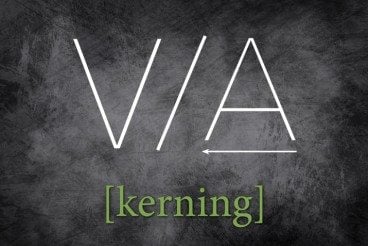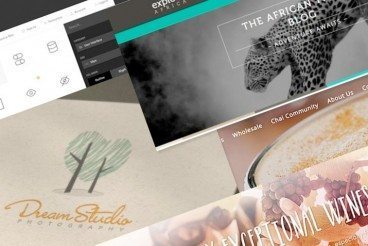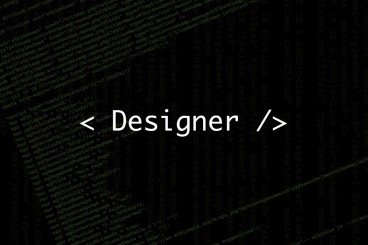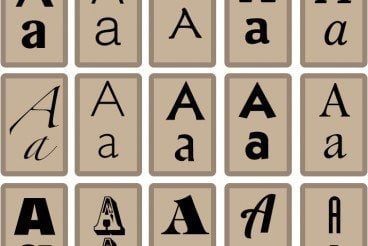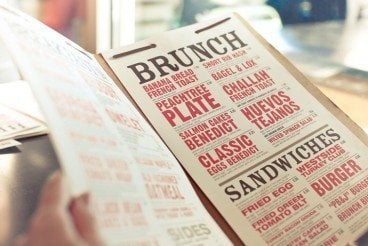
UX Design / 4 May 2015
How to Design Content for User Experiences
Content is a major part of the user experience. Content is more than search engine optimization; it’s more than blogging. It is part of your site, brand identity and why users interact with your design.
Every day it becomes even more important to design for content as part of the overall function and user experience in website and app design. But how can you do it? (We can help you with some case studies and examples, such as The Hen House, which uses a variety of design and user engagement techniques to keep you scrolling.)

